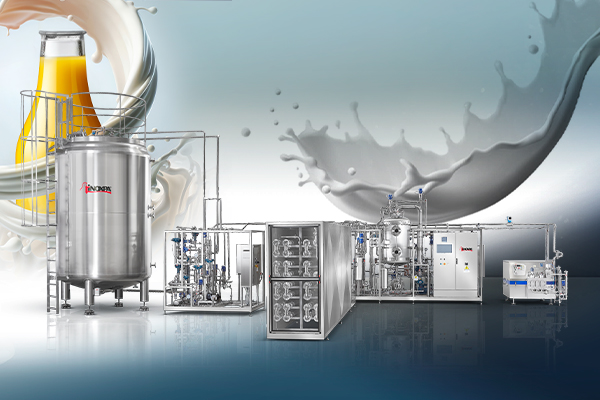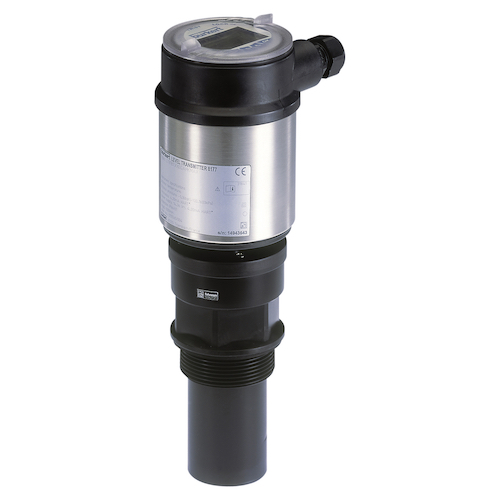
Complete guide to different types of level transmitters
What is a level transmitter?
A level transmitter is a device that measures the level of a bulk-solid or liquid continuously. Unlike level switches that trigger alarms at certain levels, level transmitters provide constant measurement. There are six main types of level transmitters, each operating differently and serving varied process needs.
Types of level transmitters and how they operate
How many types of level transmitters are there?
There are six primary categories of level transmitters used in various industries for accurate measurement and control of liquid levels.Pressure gauges are essential instruments used in various industries to measure the pressure of liquids or gases in a system. They play a vital role in monitoring pressure levels and ensuring safety and efficiency in pipelines, storage tanks, reactors, and other equipment. All things considered Pressure gauges are important in water treatment facilities to maintain proper pressure in filtration systems, pumps, and pipes.
By implementing proper pressure monitoring systems, industries can reduce incidents, improve safety, enhance productivity, and prevent equipment failure. Pressure gauges are valuable tools in maintaining operational efficiency and ensuring the safety of personnel and equipment in various applications. Explore the knowledge hub of BM Engineering for more information on effective utilization of pressure gauges.
- Radar fill level transmitters
- Ultrasonic level transmitter
- Guided Microwave Level Transmitters
- Magnetic Level Transmitters
- Capacitance Level Transmitters
- Hydrostatic Level Transmitters
Radar fill level transmitters
Radar level transmitters utilize radio wave emissions similar to radars. Typically, these devices are installed at the top or near the top of a tank that contains a liquid substance. The transmitter emits a radar signal into the liquid within the tank and then receives the reflection of that signal. By measuring the time it takes for the transmitted signal to return, the transmitters accurately determine the current fill level of the tank.
Ultrasonic level transmitter
Ultrasonic level transmitter, which acts in a manner similar to the non-contact radar fill level transmitters. With this transmitter, an ultrasonic transducer mounted to or near the top of the container sends out an ultrasonic pulse. When the pulse hits the surface of the liquid, it is reflected, and the sensor calculates the fill level based on the time between the pulse and the return signal.
Guided microwave level transmitter
Guided microwave level transmitters operate by transmitting a microwave or electromagnetic pulse through a sensor rod or cable. When the signal encounters the liquid’s surface, it reflects back up the sensor rod to the transmitter housing. The transmitter housing contains the integrated electronics, which calculate the fill level based on the time it takes for the signal to travel down and back up the sensor rod. The resulting value is then displayed on the transmitter. This type of level transmitter is specifically designed for liquids and finds applications in various industrial processes.
Magnetic level transmitter
Magnetic level transmitters utilize a small magnet suspended within a buoyant float, which is typically housed in a narrow auxiliary column to restrict any lateral movement. The movement of the float is measured by a separate magnetic device while it rests on top of the liquid. This enables the transmission of an accurate and consistent fill level. This method is particularly useful for continuous measurement as the float naturally ascends or descends in sync with the liquid level.
Capacitance level transmitter
Capacitance level transmitters derive their name from capacitors, which are electrical circuit elements that store energy for the circuit to utilize. Capacitors store energy between two insulated electrodes, with a non-conductive medium placed between them to facilitate the storage of electrical charge. The effectiveness of the energy storage depends on the dielectric properties of the medium. Hence, capacitance level transmitters employ the liquid within a tank as a dielectric medium between two or more electrodes.
Hydrostatic level transmitter
Hydrostatic level transmitters, also known as pressure level transmitters, are indispensable devices for accurately measuring the fluid levels in containers. These transmitters function by assessing the pressure exerted by the fluid inside the container, which directly corresponds to the volume of the fluid. Maintaining consistent density of the liquid is crucial for precise measurements, as any deviations can lead to inaccurate readings.
These transmitters find extensive use in various industries such as oil and gas, chemical processing, water treatment, and food & beverage. They provide real-time data for process control, inventory management, and safety assurance. It is important to note that changes in elevation or the local gravitational field can impact measurement accuracy due to gravitational force influence. In summary, hydrostatic level transmitters play a crucial role in accurately measuring fluid contents and ensuring precise readings.
Our Products
At BM Engineering, we offer a comprehensive range of high-quality valves designed to meet a range of industrial needs. Additionally to valves, we also stock a variety of engineering components such as actuators, pressure gauges, ancillary equipment, and instrumentation.
Contact us
For more information on BM Engineering and our products, contact us today and speak to one of our specialists.



